#Alchemy
Text
If you’re ever read Sun Tzu’s The Art of War, you were probably a bit surprised by how common-sense Mr. Tzu’s advice was. Of course you need to feed your army. What idiot wasn’t feeding his army? The thing was, nobody had actually written this stuff down in one place yet.
Think of Rhazes like the Sun Tzu of Alchemy. The Kitab al-Asrar is full of ancient occult wisdom like “make sure the room you’re doing alchemy in has windows so you don’t inhale metal fumes and die.” Rhazes assumes the would-be alchemist has access to five things: Literacy, technical knowledge, space, financing, and reproducibility. These standards would become so influential, people would quote Rhazes as an authority on alchemy and medicine well into the 17th century.
Islamicate Alchemy, today on patreon.
620 notes
·
View notes
Text
#gdragon#danganronpa#Natalia dyer#kakasaku#art inspiration#gal gadot#bucky barnes fanfiction#scene#fnaf fanart#Zuhair Murad#alchemy#the raven boys#amigas#kimberley garner
123 notes
·
View notes
Text
we are embedded within the fabric formation of poetic dreams:
seek beneath ourselves & discover that which dwells within us,
follow the spiral, around & around, within all moments of time,
the limit-head of that which is, the meeting point of duality;
eternity & infinity, time & space, bound so tightly together.
#poetry#spilled thoughts#dark academia#dark prose#trauma#drugs#depression#alchemy#mental illness#art#mental health#spirituality#sad#introspection#liturature#tw#me#voidic3ntity#life is strange#pain#stoned#poets on tumblr#darkness#original#poem#life#death#poetic#philosophy#escapril
38 notes
·
View notes
Text

Forbidden circle
“I’m gona draw the circle from FMA! It’ll be easy! I can get it done in half an hour and go to bed!” Ha! This bitch took me TWO HOURS. If you’re an artist, and a fan of FMA, if you don’t like masochism, don’t draw this circle. I’m glad I did it, it turned out great, but FUCK. I tried to use the tools in procreate to get it mathematically correct, but it just would not connect, so I wound up doing it by eye. If you do plan to draw it, don’t get to analytical about it, or you will spend two hours on it… like me! Either way, it’s done, it’s here now, enjoy!
This was drawn on my iPad on 5/26/24
Did I mention it took 2 hours?
#art#ipad#circle#fma brotherhood#fma fanart#fma#alchemy#alchemical symbolism#fullmetal alchemist#full metal alchemis brotherhood#fmab#fmab fanart
24 notes
·
View notes
Text


An angel. Alchemy treaty Aurora Consurgens, 1420-1450
#medieval redraw#alchemy#angel#manuscript illumination#My interpretation of the general iconography is probably very off so take it purely as an aesthetic pursuit lol#all of this is alchemical allegory#i recommend looking up the other weirdo miniatures from this manuscript it slaps
17K notes
·
View notes
Text
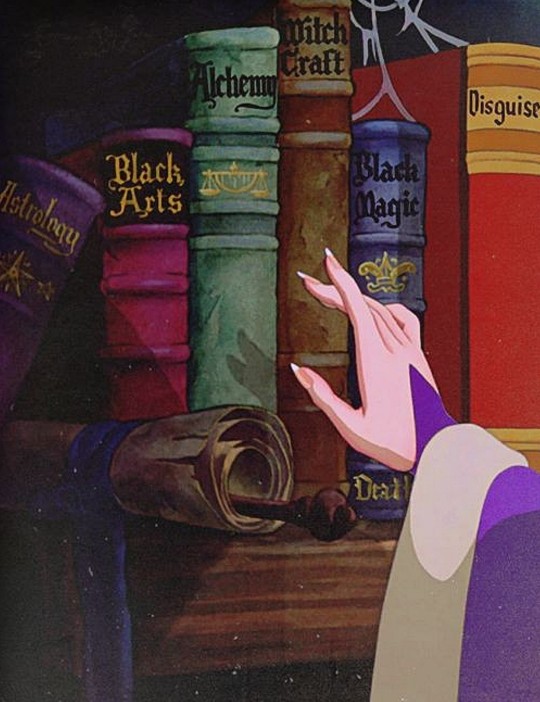
#witch#Alchemy#books#astrology#witchcraft#black magic#disguise#comics#comic#cartoon#cartoons#witches
4K notes
·
View notes
Text

3K notes
·
View notes
Text
Starting a business with two separate bathrooms, except one of them has the symbol for alchemical antimony on the door, and the other, the symbol for alchemical phosphorus. If you ask the staff about it, they claim to understand your confusion, then lead you to a third, previously undisclosed bathroom with the alchemical symbol for potassium carbonate.
4K notes
·
View notes
Text
15 Grimoire Page Ideas That Aren't Basic
Chronomancy Correspondences:
Explore the connection between time and magic, including auspicious moments for spellcasting, planetary hours, and lunar phases.
Echoes of Enchantment:
Discuss the use of echoes and resonance in magical workings, tapping into the vibrational frequencies of words, symbols, and intentions.
Liminal Spaces Invocation:
Explore the magical potency of liminal spaces—thresholds, crossroads, and in-between places—and how to invoke their energies.
Numinous Nectar Elixirs:
Detail the creation of magical elixirs using rare and ethereal substances, discussing their uses in rituals and ceremonies.
Quantum Sigilcraft:
Delve into the intersection of quantum physics and sigil magic, exploring the idea that consciousness can influence reality at a fundamental level.
Astral Alphabets:
Introduce lesser-known alphabets or symbolic systems used in astral travel and communication with otherworldly entities.
Dreamweaving Spells:
Discuss the art of crafting spells that are specifically designed to be cast within the dream realm, influencing waking reality.
Candle Color Alchemy:
Explore the magical properties of less common candle colors and their associations with specific intentions, emotions, and energies.
Chthonic Charms:
Focus on charms and talismans specifically attuned to underworld energies and deities, connecting with the mysteries of the subterranean realms.
Technomancy Scripts:
Examine the use of coding languages, digital symbols, and technology-based sigils in modern magical practice.
Quantum Familiars:
Explore the idea of spirit companions that exist beyond the constraints of time and space, bridging the gap between the metaphysical and quantum realms.
Sacred Geometry of Sound:
Investigate the use of sound frequencies and sacred geometry in combination, exploring how they can enhance magical rituals and spellcasting.
Ephemeral Elementals:
Discuss the existence and interaction with elementals that are tied to fleeting or ephemeral elements, such as mist, shadows, or reflections.
Psychotronic Crystals:
Explore the use of crystals not only for their physical properties but also for their alleged ability to interact with psychic and spiritual energies.
Aetheric Anatomy Cleansing:
Detail practices for cleansing and balancing the aetheric body, exploring lesser-known energy centers and channels.

#Witchcraft#Grimoire#Book of Shadows#Spellcraft#Rituals#Magick#Paganism#Occult#Witchy Aesthetics#Wicca#Mystic Arts#Esoteric Knowledge#Alchemy#Crystal Magick#Herbalism#Divination#Tarot#Moon Phases#Ritual Tools#Witch's Brew#Candle Magic#Sigils#Enchantments#Mystical Symbols#Sacred Geometry#Spirituality#Spellwork#Potion Making#Spell Ingredients#Occultism
2K notes
·
View notes
Text

Leonora Carrington, "El Laberinto"
#esoteric#consciousness#metaphysical#occult#rosicrucian#tarot#alchemy#magic#alchemist#art#magick#magical
5K notes
·
View notes
Note
I hope this doesn't come off as disrespectful, because I'm genuinely curious, but like...is alchemy "real"? Because the way you speak about it is how I wish I could, myself, appreciate it and you're the closest I've ever found to a real world wizard which excites me a great deal. I totally respect if for you it's actually just an interesting academic study without intention, I'm just curious for how you view it in that lens.
No that's a good question!
Short answer: Yes, as in alchemists were real people who could actually do cool shit sometimes, but they weren't actually transmuting lead into gold, you need a particle accelerator for that.
In the 4th century, you weren't a scientist, that word hadn't been invented yet. You were a Natural Philosopher. You studied everything from the stars, to mathematics, to medicine, to the nature of herbs and stones.
In the medieval era, you weren't an astronomer, you were an astrologer. Telling people's horoscopes involved a lot of astronomical math. There wasn't really a difference between astronomy and astrology.
In the renaissance era, you weren't a chemist. The term chemist didn't exist yet. You were an alchemist. You tried to make gold sometimes, but you also manufactured dyes, glass vessels, cosmetics, paints, and medicines. You were kind of a whitesmith, and a glass-blower, and a doctor, and sometimes just a con-man.
Alchemy and chemistry have a relationship similar to Astrology and Astronomy. But, don't think of alchemy as just "Chemistry with magic." Alchemy is the father of modern chemistry. It is the cocoon that chemistry sprouted out of.
The thing is, alchemy is more "real" than astrology is. You know what a common use of astrology was in the medieval era? Diagnosing diseases. You'd check someone's horoscope to determine what medicine to give them. This didn't work. A medieval astrology textbook isn't going to be useful for diagnosing why your stomach hurts.
But!
Medieval alchemy texts are actually useful sometimes. If you want to dye some copper so it looked more like gold, there are alchemy texts that can tell you how to do that. If you want to distill the mercury out of some cinnabar, alchemists could do that. They didn't really know how or why that worked, but they could do it! If you want a potion that could make you immortal, the alchemists could make a philter of mercury and lead that would definitely 100% kill you and it would hurt the whole time you were dying. You can't win em all.
Im writing about the history of alchemy on my patreon if you wanna support me!
5K notes
·
View notes
Text
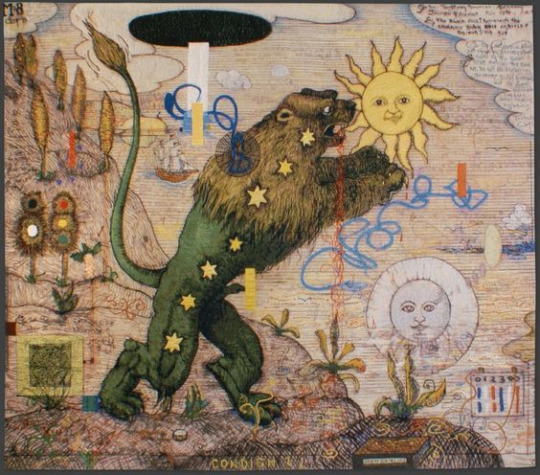
Alchemical Lyon, William Wiley, 2007
1K notes
·
View notes
Text
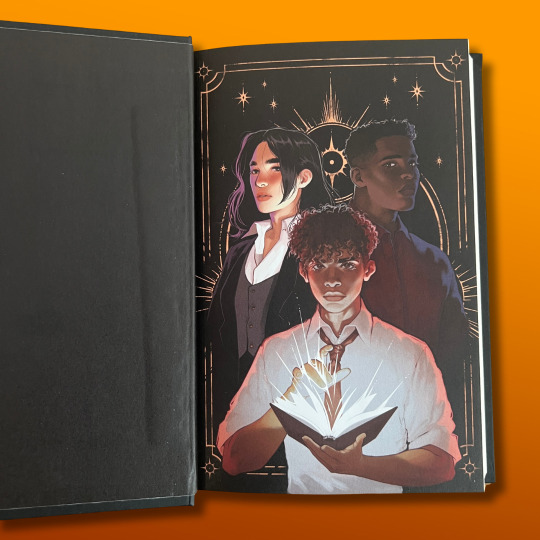
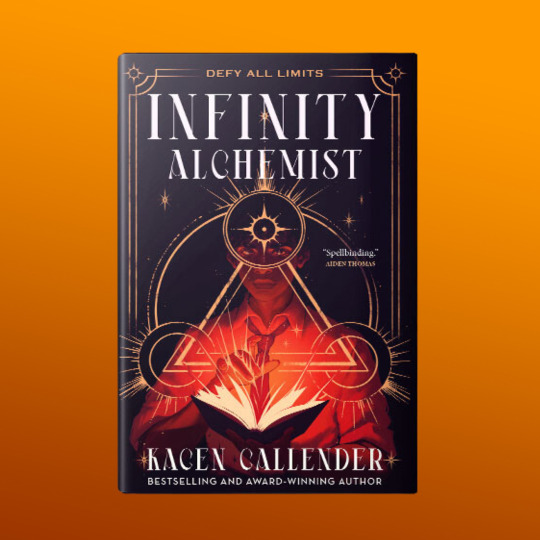
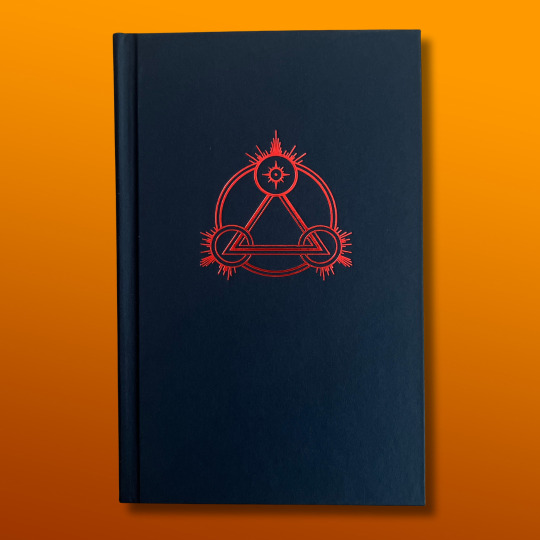
This advertisement is for Infinity Alchemist, a dark academia fantasy about a quest that leads three young alchemists toward dangerous truth, legendary love, and extraordinary power from the bestselling and award-winning author of Felix Ever After, Kacen Callender.
The art featured in this image is by Chris Sack.
WHAT’S IT ABOUT
Defy All Limits.
For Ash Woods, practicing alchemy is a crime.
Only an elite few are legally permitted to study the science of magic—so when Ash is rejected by Lancaster College of Alchemic Science, he takes a job as the school’s groundskeeper instead, forced to learn alchemy in secret.
When he’s discovered by the condescending and brilliant apprentice Ramsay Thorne, Ash is sure he's about to be arrested—but instead of calling the reds, Ramsay surprises Ash by making him an offer: Ramsay will keep Ash's secret if he helps her find the legendary Book of Source, a sacred text that gives its reader extraordinary power.
As Ash and Ramsay work together and their feelings for each other grow, Ash discovers their mission is more dangerous than he imagined, pitting them against influential and powerful alchemists—Ash’s estranged father included. Ash’s journey takes him through the cities and wilds across New Anglia, forcing him to discover his own definition of true power and how far he and other alchemists will go to seize it.
#Infinity Alchemist#Kacen Callender#Defy All Limits#Tor Teen#Tor Books#Fantasy#YA Fantasy#Dark Fantasy#Dark Academia#LGBTQ romance#Alchemy#Alchemist#Magic School#Booklr#New books#New releases#Tbr#Bookworm#Literature#Bookish
868 notes
·
View notes
Text

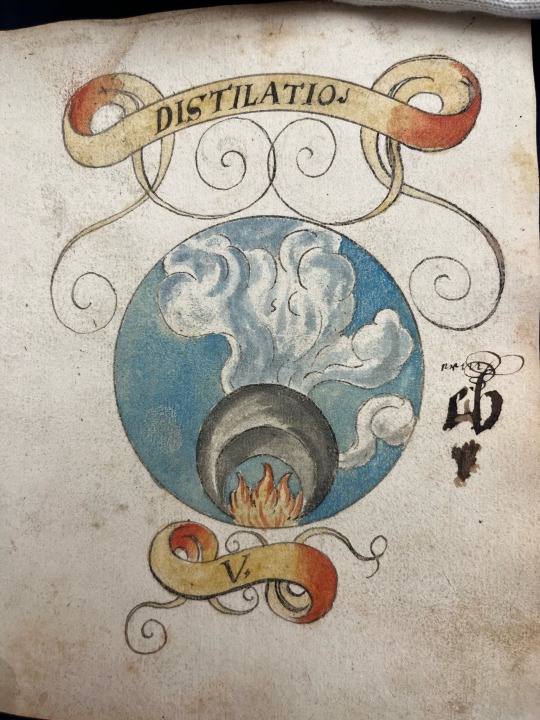



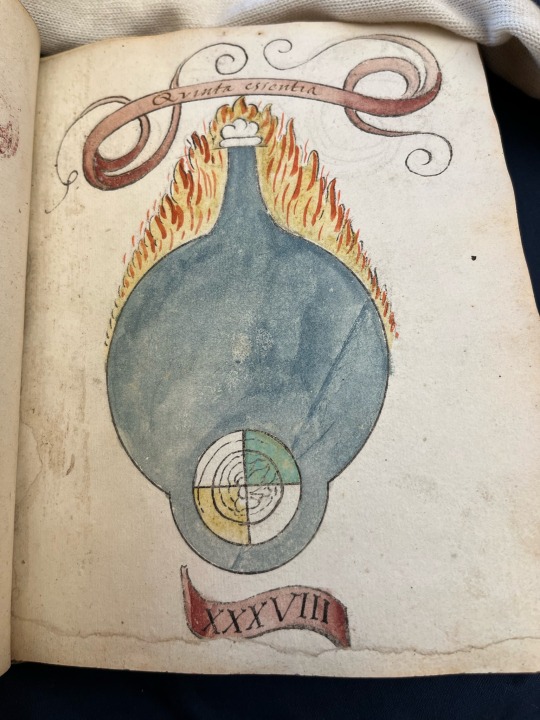
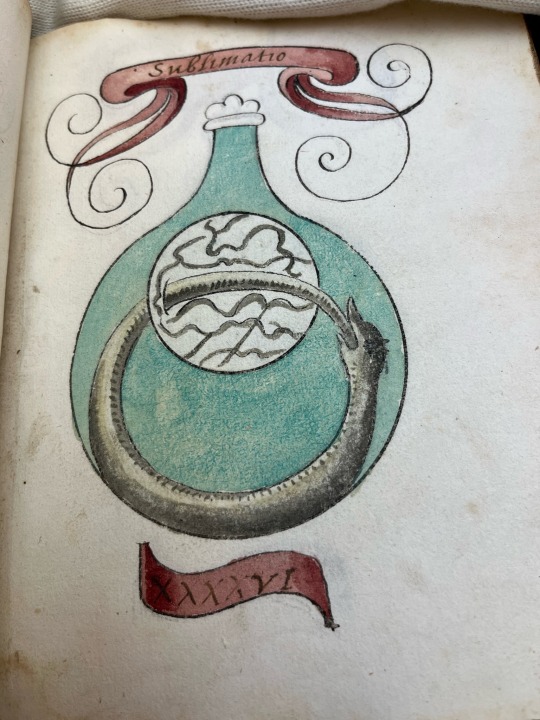

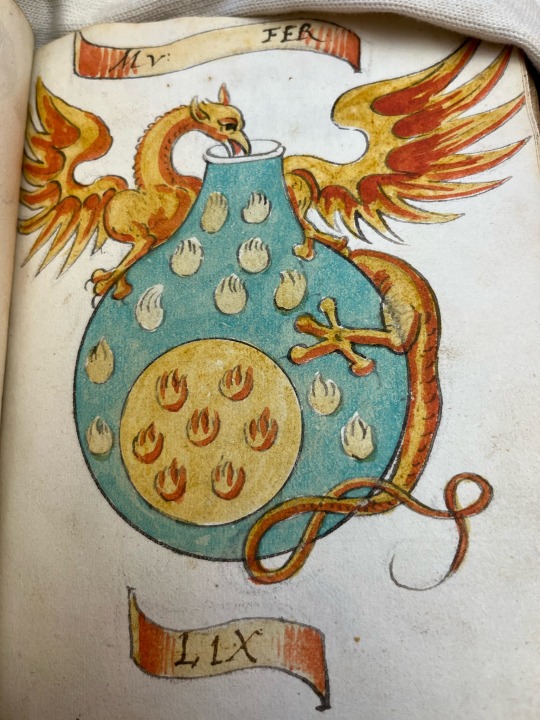
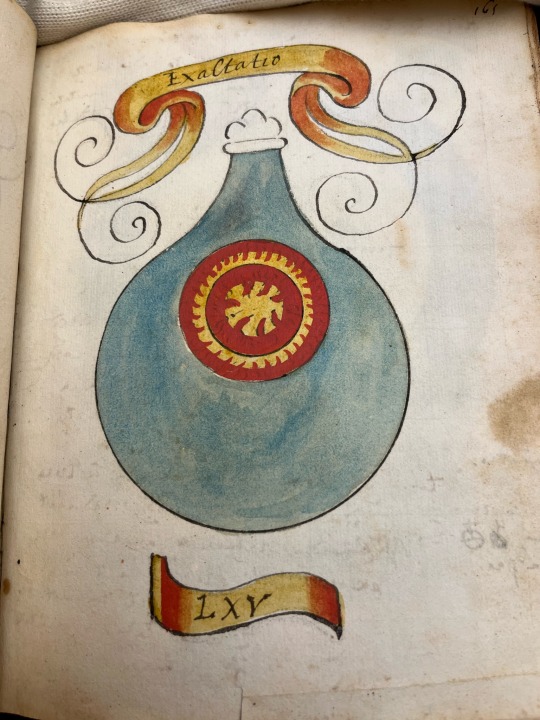
A selection of images from a sequence depicting the alchemical process, from an early modern manuscript.
#alchemy#alchemical#alchemical symbolism#alchemical art#occult#manuscripts#manuscript#medieval studies#early modern#renaissance
835 notes
·
View notes
Text
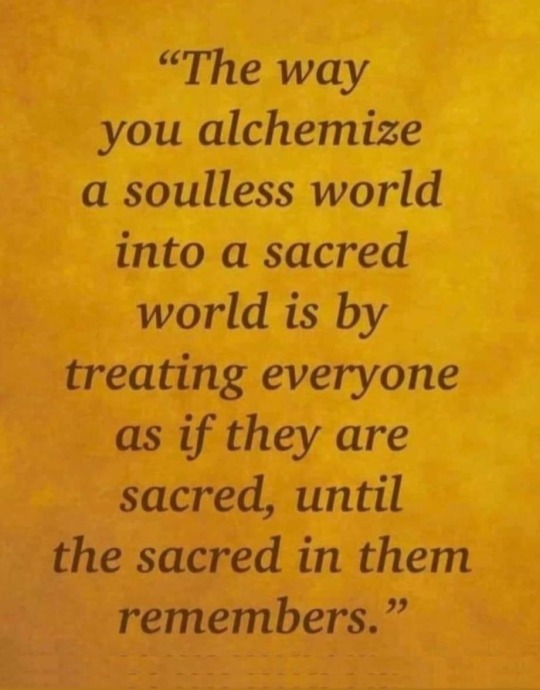
👑💛🌟🕊️
#spirit#spiritual quotes#spiritualjourney#alchemy#sacred#sacred heart#magick#witch#witches#witches of tumblr#spiritual development#spiritualguidance#spirituality#spiritual awakening#awakening#kundalini#spiritual knowledge#spiritualhealing#spiritualgrowth#spiritual#quotes#words#love#life#intuition#intuitive#soul#soulful#souls
2K notes
·
View notes
Photo

Thomas Blackshear
#Thomas Blackshear#art#wizard#painting#artwork#surrealism#fantasy#magic#Illustration#alchemy#alchemist
4K notes
·
View notes